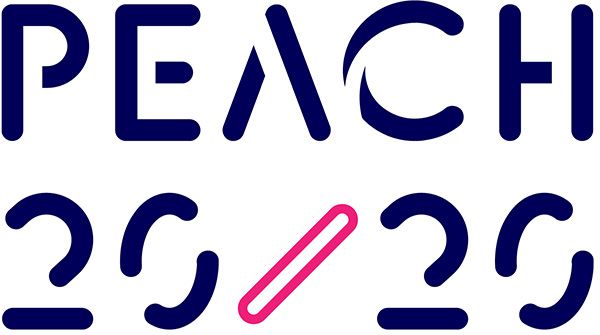Three words every restaurant should avoid: ‘How was everything?’
)
We can safely say that every time a server comes over to a table and asks, “How was your meal?”, a dish drops in performance. Humans are naturally inclined to avoid conflict, so in-moment feedback is typically rare and polarizing.
Imagine going through multiple shifts and not knowing how every (or let’s face it – any!) curated menu item is performing against customer expectations. Or how the new team is executing on a critical step of service. Ask yourself:
- How long did it take before you realized the fryer was broken?
- How did you uncover the new expo was continuously forgetting the dips?
- How much are you relying on sales data to inform if a menu item is performing well?
Throughout the customer journey, there are many factors that can impact how your guests are experiencing the environment around them. And whether they visit for a business lunch, casual meet-up or a romantic dinner, when confronted with “How was everything?”, you can bet you’re not going to get the real answer.
If the majority of consumers were honest about their feelings, then maybe you could scoot by. Unfortunately, that’s outside your control.
The problem with standard and open questions: the easiest thing to do is offer a default and closed response. Just think – when was the last time you gave a thoughtful reply to “How is your day going?”.
As far as a server and restaurant are aware, feedback was asked for and given, proving that the customers were happy and the experience was great. Right? Wrong. The reality:
1. Restaurants have a ‘silent majority’ problem
You have to ask an awful lot of customers and be politely lied to by most, to even get a sense of what they might think. It takes a long time to learn, it’s hard to interpret and it significantly delays any impactful changes you should be making.
2. Leaders are reliant on ancillary ways to measure performance
Your mystery diner drop-ins provide just enough information for you to report on – but is it data you can feel confident about? You can supplement this with online reviews, but how long are you willing to sift through Yelp reviews to find the percent that actually had to do with the service vs the food? It’s clunky, inconsistent, and requires more administrative time than your team has available.
3. Teams are unlikely to communicate poor feedback
Anecdotal insights are subjective in nature. So, even if your FOH teams get a few honest responses from customers, they ultimately control the narrative and who it reaches. With this method, details fall by the wayside so you won’t be able to detect exactly what step of service isn’t performing well, by who, and most importantly – why.
Let’s put it this way: you know when to take your car for maintenance. But you don’t know what part to fix, what improvements to prioritize, and how much to spend without the proper diagnosis. You might know something is wrong, but not what’s causing it. This diagnostic analysis is essential to uncover the root cause so you can avoid costly issues, improve the car performance, and feel secure that it’s in the condition you need. Would you replace that process with simply looking at the car and making a judgment call on what to do next?
It’s time to take back control of your operations, your team’s success, and the customer experience. And it starts with asking why, not how.
Yumpingo is a Peach 20/20 partner. For more go to: https://yumpingo.com/en-gb


